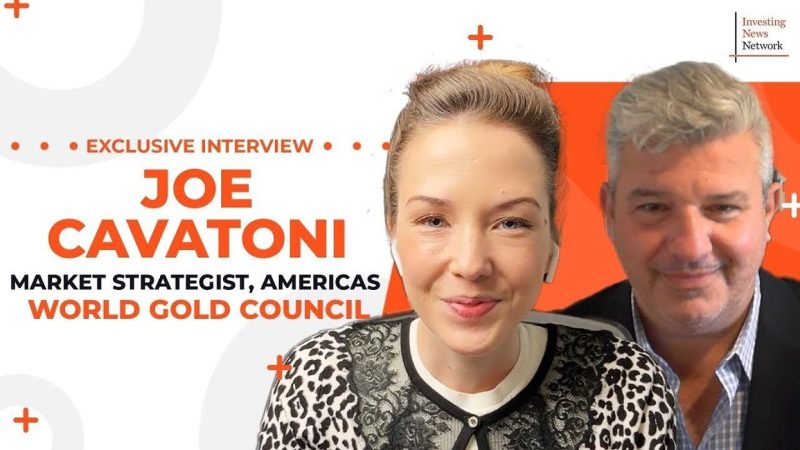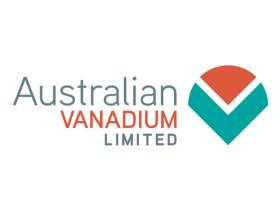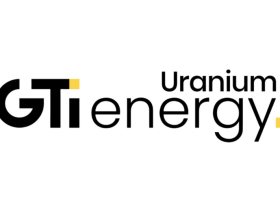The gold price is under pressure, and Joe Cavatoni, market strategist, Americas, as the World Gold Council believes the yellow metal will continue to face headwinds until the US Federal Reserve begins lowering interest rates.
‘It definitely feels like an environment where we’re hitting the end of the rate-rising cycle,’ he said. ‘And once that happens, we’re going to move into a world where allocations to gold and investment demand … that’s when it’s going to start to pick up.’
That’s not to say gold demand is in the doldrums — Cavatoni said buying remains strong, especially for central banks.
‘The sentiment we’re seeing from the central banking community is that gold continues to be a key asset for diversification in their reserve portfolios,’ he said. Although central bank demand isn’t expected to exceed last year’s record levels, the first half of the year brought a respectable showing of 387 metric tons — that’s the highest H1 number dating back to 2000.
When it comes to retail gold demand, Cavatoni said it continues to surprise to the upside, with systemic moments like the banking crisis sparking interest. ‘Standout markets include North America earlier in the year, and over the course of last year I think Germany,’ he explained. ‘But what you’re seeing is an ongoing demand that is stable and steady.’
Although gold has lost ground over the last week, Cavatoni remains confident long term and reminded investors that the precious metal is an important safe-haven asset during times of turmoil — for example, if the US enters a recession.
‘Having the gold allocation will help you with these challenging risk environments where we might see shocks to the system, or hiccups in portfolio performance or risk assets selling off,’ he noted.
Watch the interview above for more from Cavatoni on gold demand, plus overall market trends.
Securities Disclosure: I, Charlotte McLeod, hold no direct investment interest in any company mentioned in this article.





